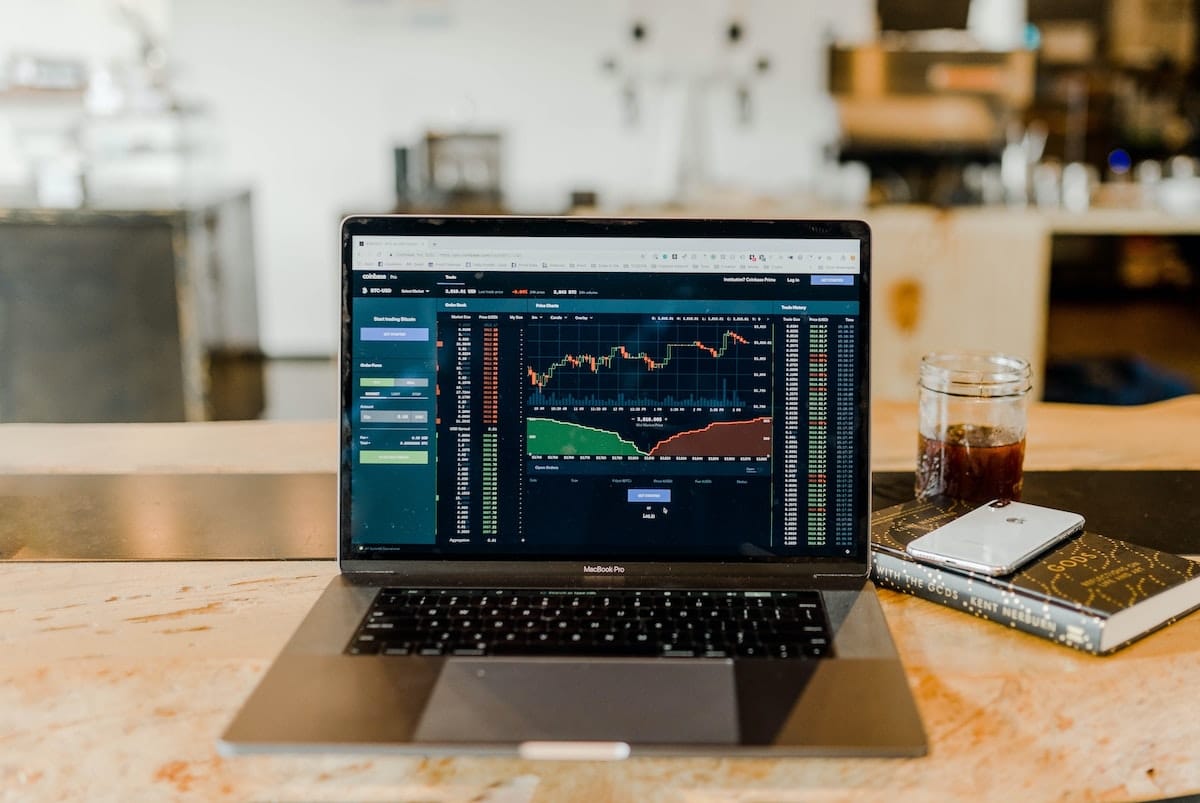Even though the cryptocurrency market is growing at a rate that has never been seen before and has numbers that are hard to believe, it is still very new. This is surprising when you think about how many big chances it gives. Today, these digital assets are used more to save and invest money for the long term than as a direct replacement for traditional currencies. Most of the time, people don’t trade cryptocurrencies for goods and services directly. If you are planning to trade Bitcoin, you might consider knowing about Taxes On Cryptocurrency.
This shows that the exchanges still have a lot of power, not only because they sell cryptocurrency but also because they show how the prices of cryptocurrency change. In this post, we’ll look at one thing that crypto exchanges can tell us about how the market moves. We’ll talk about what this “inflows and outflows” indicator means, how to keep track of it, and why it’s essential.
What do “inflows” and “outflows” mean in a cryptocurrency exchange?
An “inflow” is the amount of a particular coin that came into an exchange during a specific period. The amount of a cryptocurrency taken off exchange in a certain amount of time is called its “outflow.”
For example, if Crypto Exchange A is listing Bitcoin, “daily inflow” means how much Bitcoin users have sent to the exchange in the last 24 hours. Similarly, “outflow” refers to the amount of Bitcoin left Exchange A in the last 24 hours.
How much money comes in and goes out can tell us a lot
When you look at how much money goes into and out of a market, you can tell if it is bullish or bearish. When more money comes into the market than goes out, the market is in a bearish situation. During a bull run, more money leaves the market than comes into it.
This usually sends a bearish signal, which makes the price drop. When coins are moved out of an exchange wallet, they are usually stored in an offline wallet, which is called an outflow. Most of the time, this means that there are less things people want on the market, which could increase prices.
Find out how to figure out the three parts of a cryptocurrency wallet: a seed phrase, a private key, and a public address.Also, you can tell how the market feels about certain actions and events by watching the flow of money in and out over a certain amount of time. Because of this, inflows and outflows show you how the market feels about each coin on a very small scale.
Inflow and outflow are indicators that show the same thing price changes do, but they do it faster and more accurately.
How do you keep track of how much money comes in and how much money goes out?
Some exchanges make it easy for customers to find the information on their apps, while others only show it when a transaction is made.
Use third-party data aggregators like CryptoQuant, TokenAnalyst.IO, TheBlockCrypto, Whale Alert, and others to find out how much cryptocurrency is coming in and going out. These systems have an easy-to-use interface that tells you about inflow and outflow and a lot of other helpful information. Shortly, there could be more cryptocurrency exchanges that share information, such as how much money comes in and goes out.
Conclusion
Now that we have a better understanding of inflow and outflow, we are one step closer to using some of the more advanced strategies to trade cryptocurrencies successfully. You may have noticed that most current signs and signals from crypto trading came from the stock markets. The words “inflow” and “outflow,” which came from the stock market, mean the same thing.


